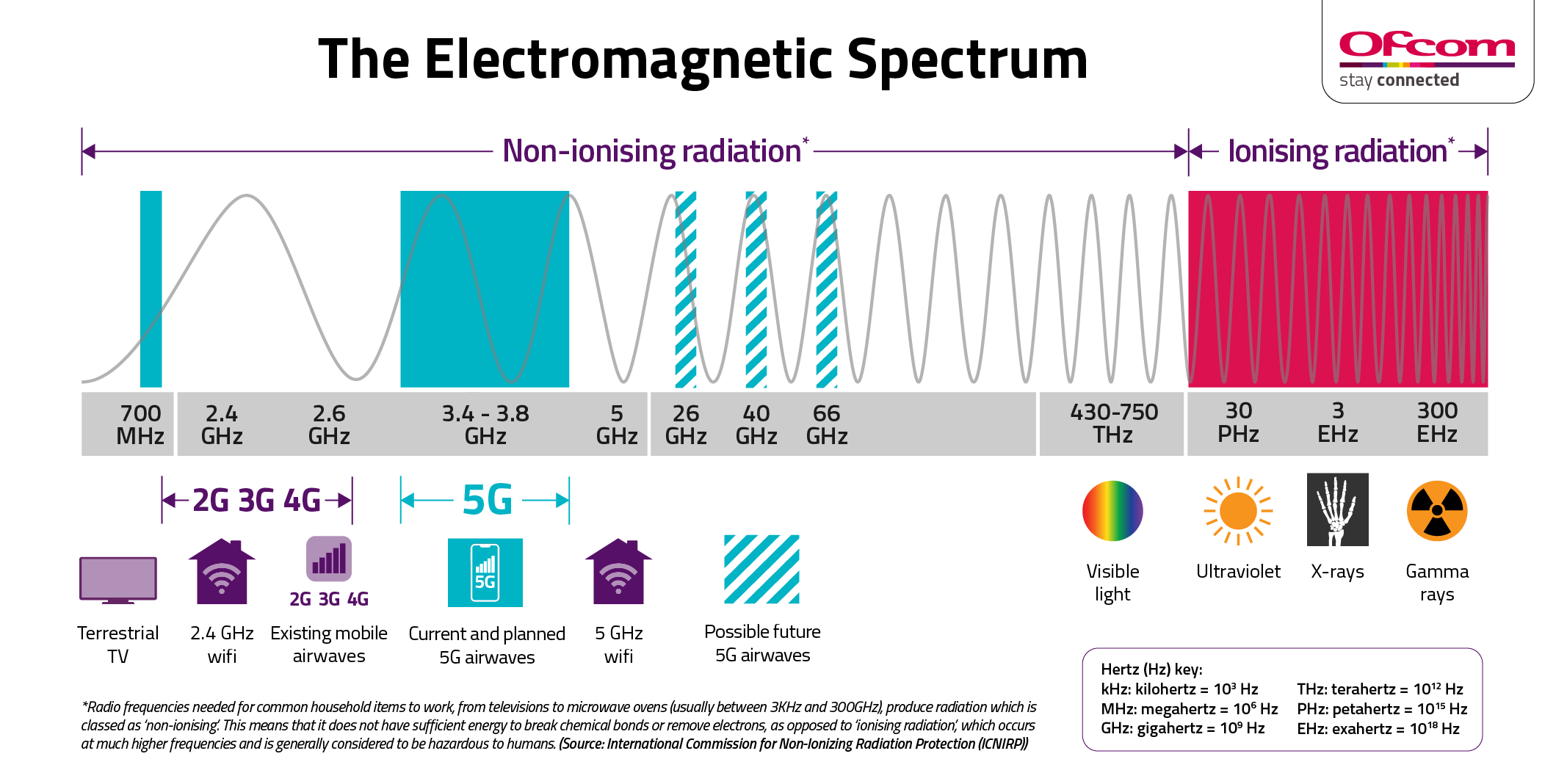There is a conspiracy theory that claims 5G is connected to the spread of the coronavirus (Covid-19). This is wrong. There is no scientific basis or credible evidence for these claims.
In some parts of the UK, mobile phone masts have been vandalised because of these incorrect claims. Engineers from mobile phone companies have also been harassed as they carried out their work.
If a mobile phone mast stops working, either because it has been vandalised or because engineers can’t repair and maintain the network, this undermines people’s ability to call emergency services, dial the NHS on 111, or contact friends or family.
Mobile phones are also being used by volunteers to organise support for their communities. This can including collecting medicines and getting food for people who can’t leave the house because they need to self-isolate.
All of this is put at risk if the mobile phone network isn’t available, which poses a serious threat to people’s safety and wellbeing.
During the coronavirus outbreak, Ofcom is surveying around 2,000 people weekly, to find out how they are getting news and information about the crisis. Last week, in the third week of the lockdown, half of respondents told us they have come across false or misleading information about coronavirus – this is up from 46% in the first week of the lockdown.
Like previous generations of mobile technology, 5G uses radio spectrum. Every device that communicates wirelessly needs spectrum – such as televisions, car key fobs, baby monitors, wireless microphones and satellites. Mobile phones use spectrum to connect to masts so people can make calls and access the internet.

Ofcom's latest 5G measurement results
Ofcom has published the latest results from our spectrum measurement programme, including six additional 5G mobile sites.
Following the launch of 5G in the UK last year, we published the results of electromagnetic field (EMF) measurements at 16 UK sites, in February. We have continued to test since then and have now published an updated measurement report, which looks at 22 5G sites in 10 UK cities.
At every site, emissions were a small fraction of the levels included in international guidelines. These guidelines are set by the International Commission on Non-Ionizing Radiation Protection (ICNIRP).
The maximum measured at any mobile site was approximately 1.5% of those levels – including signals from other mobile technologies such as 3G and 4G. The highest level from 5G signals specifically was 0.039% of the maximum set out in the international guidelines.
We will continue to regularly publish data from our measurement programme, including at further 5G sites.
